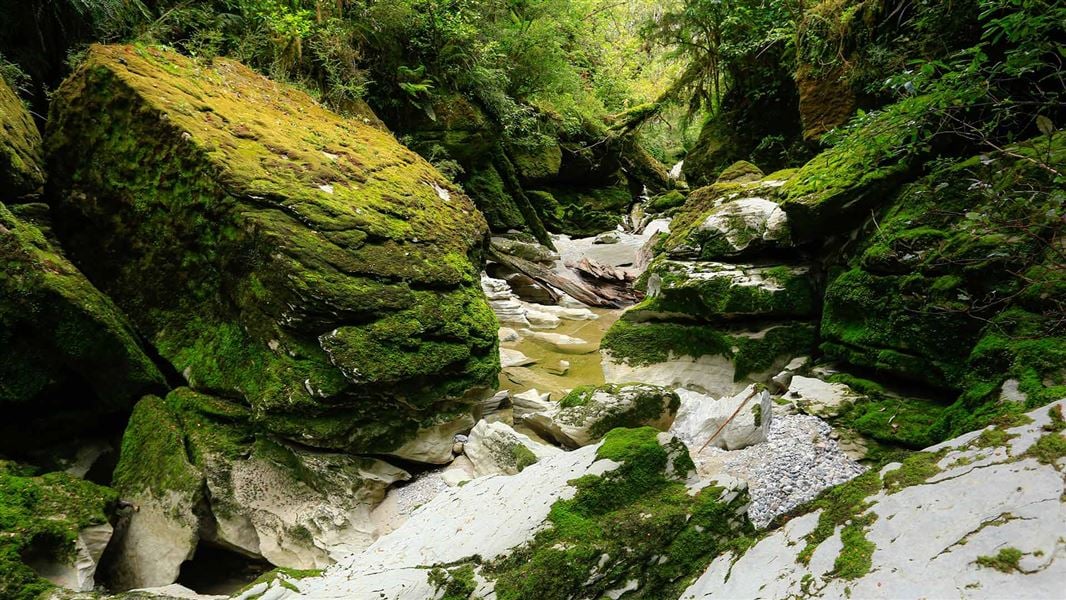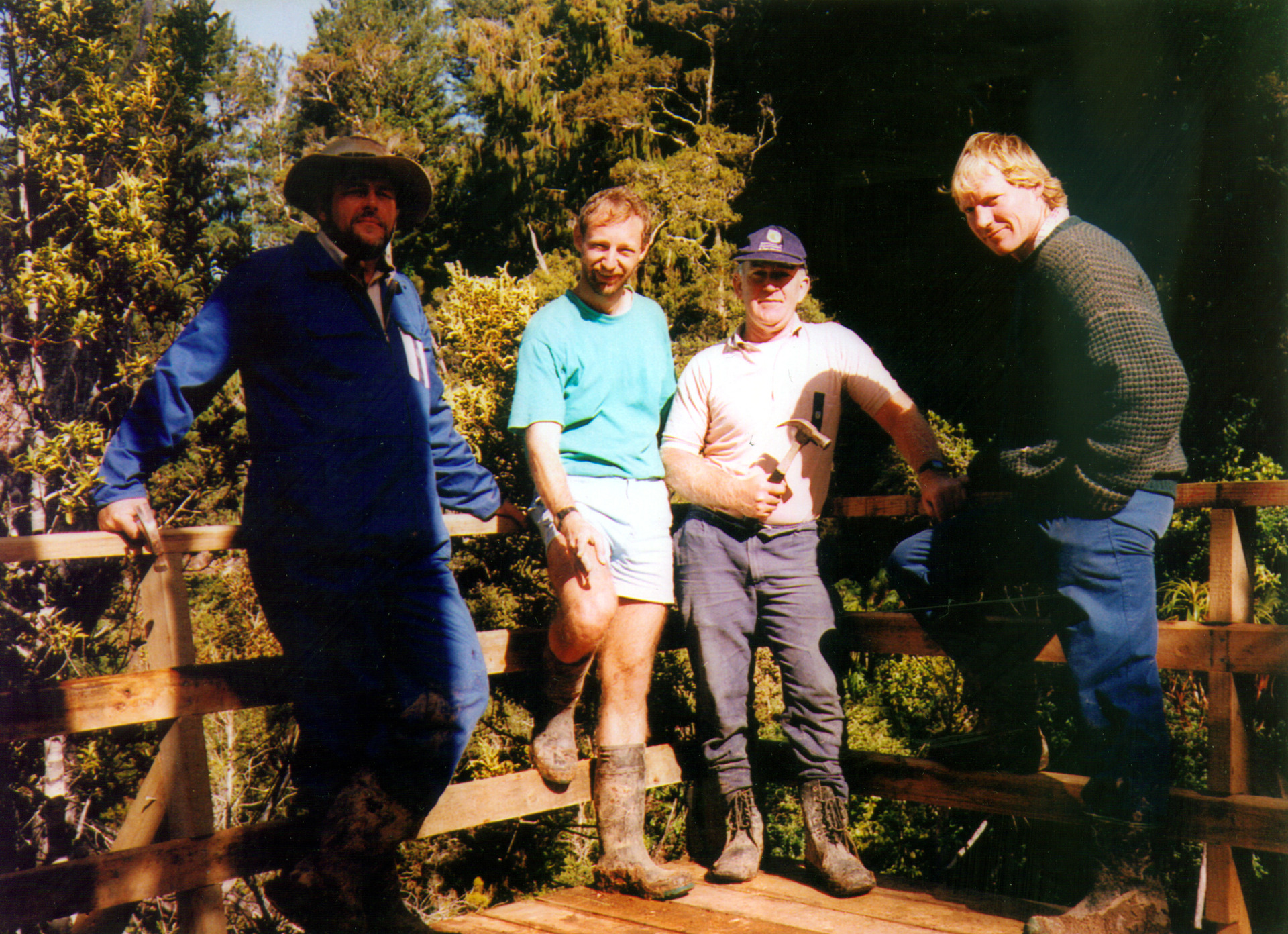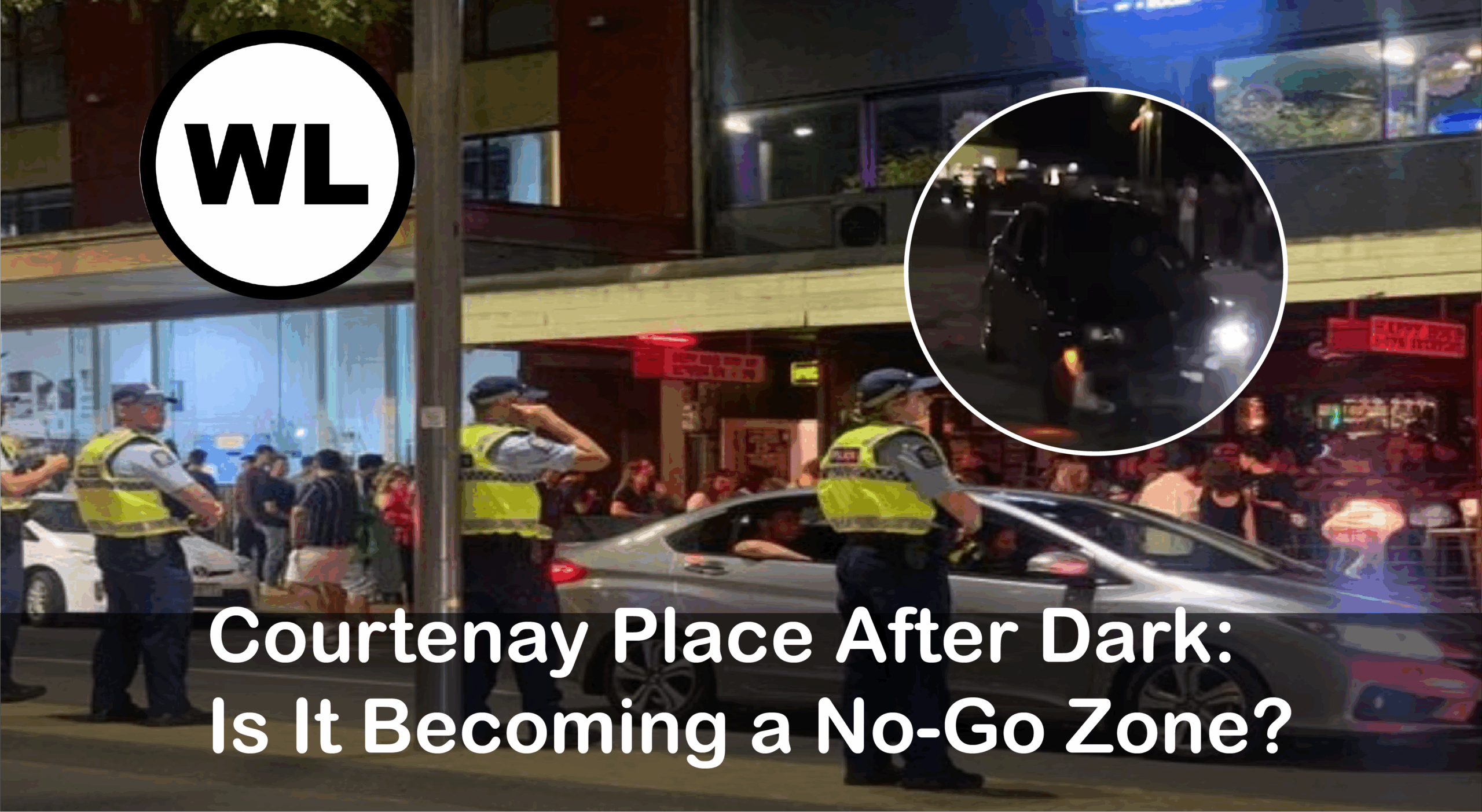The Cave Creek incident, a day that began with an ordinary student field trip ended in disaster, forever altering the country’s approach to public safety and government accountability.
The group involved was from Tai Poutini Polytechnic in Greymouth. Seventeen outdoor recreation students and one Department of Conservation (DOC) officer traveled to Paparoa National Park on the South Island’s rugged West Coast. Their visit included a stop at the Cave Creek viewing platform, a timber structure built to give visitors a clear view of the dramatic limestone sinkhole below.
At around 11:25 a.m., as the group gathered on the platform, it suddenly gave way without warning. The entire structure collapsed, plunging 17 people approximately 30 metres (around 100 feet) to the rocky floor of the chasm.
Fourteen young people — aged between 19 and 31 — lost their lives.
The three survivors were seriously injured and faced long recoveries.
The immediate aftermath was chaotic and tragic. Emergency services faced significant challenges accessing the remote site, with limited communication and rough terrain slowing the rescue effort. Survivors later spoke of the long, painful wait for help, highlighting the lack of emergency planning for such isolated areas.

A National Outcry
The Cave Creek disaster triggered nationwide grief and outrage.
Families, friends, and communities demanded answers. How could a government department responsible for protecting New Zealand’s natural environment allow such a catastrophic failure to happen?
The Commission of Inquiry, led by Judge Graeme Noble, delivered damning findings. The viewing platform had been constructed by DOC staff who lacked engineering qualifications. No building consent had been sought. The structure was dangerously under-built: its timber was too thin, its fixings inadequate, and it had not been anchored securely to the ground. Internal DOC memos showed staff raising concerns before the collapse — but no action was taken.
Noble’s report laid much of the blame on systemic failures within the Department of Conservation, which at the time was severely underfunded and under pressure to expand public facilities without the necessary resources or oversight.
No criminal charges were laid, a decision that generated further public anger. However, the fallout led to a complete restructuring of DOC’s policies and practices, major reforms in government accountability, and stricter enforcement of building safety regulations throughout New Zealand.

Lasting Impact
The Cave Creek disaster was a watershed moment for New Zealand.
In response:
- Building Codes were tightened, and enforcement across public and private sectors was strengthened.
- Government Departments were required to implement stricter health and safety systems.
- Memorials were established to honor the victims, including plaques at the site and in Greymouth.
Most importantly, Cave Creek remains a powerful lesson in the cost of negligence — and a lasting reminder that protecting lives must always come before saving money or cutting corners.
Today, when New Zealanders walk onto a viewing platform, cross a public bridge, or enjoy recreational areas, they do so under a system shaped by the hard lessons of Cave Creek.

TRUTH SEEKER
Instantly run a Quiz with friends... about the article. Interact more & analise the story. Dig in, catch out biased opinions, and "fact check" with TRUTH SEEKER by ONENETWORK WELLINGTONLIVE 👋
Do you agree with the main argument of this article?
Total votes: 2
How many people lost their lives in the Cave Creek incident?
Bias Analysis
Fact Check Summary
False, the structure was dangerously under-built with inadequate materials and fixings.
Source: Article
False, no criminal charges were laid.
Source: Article









